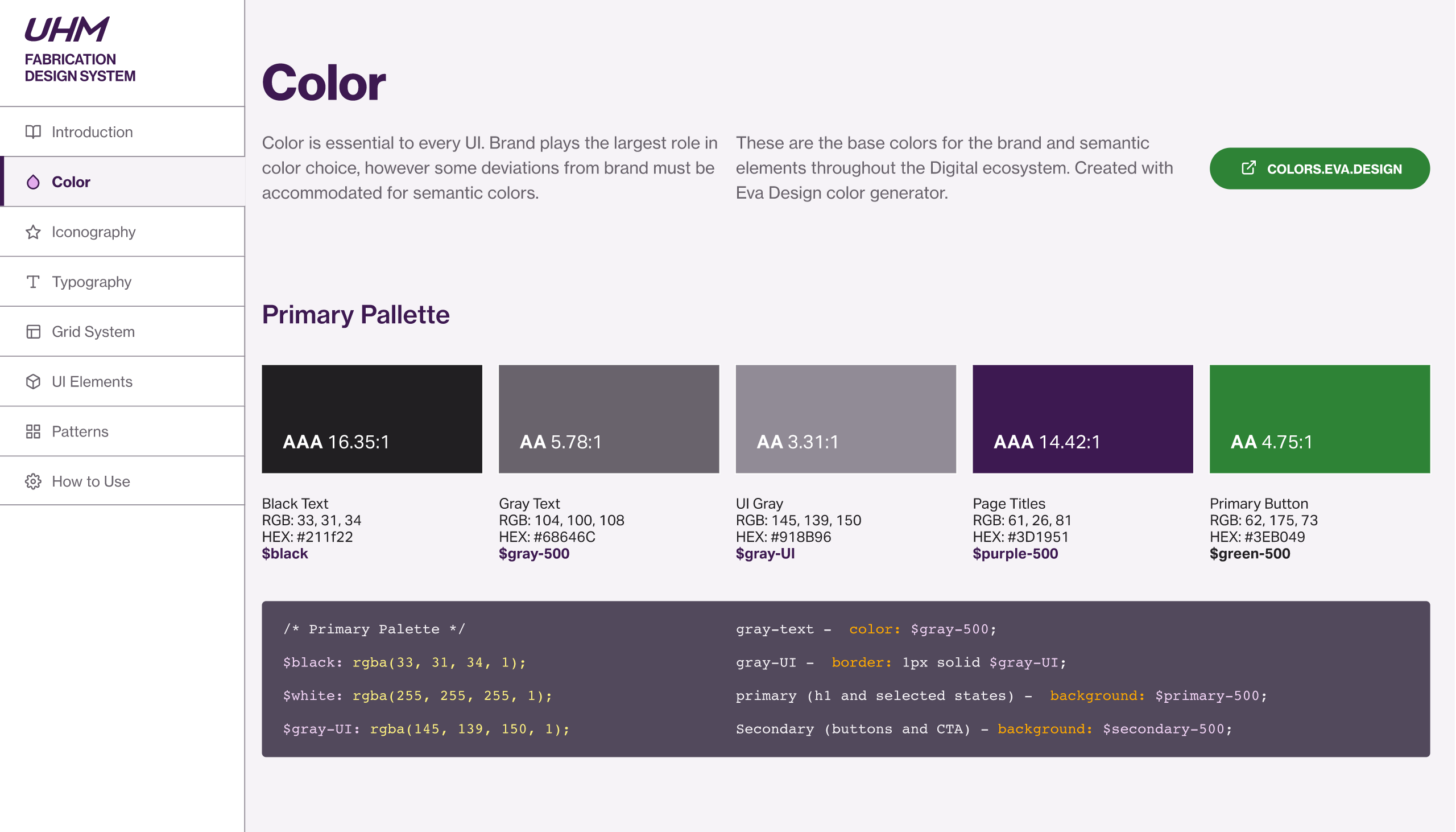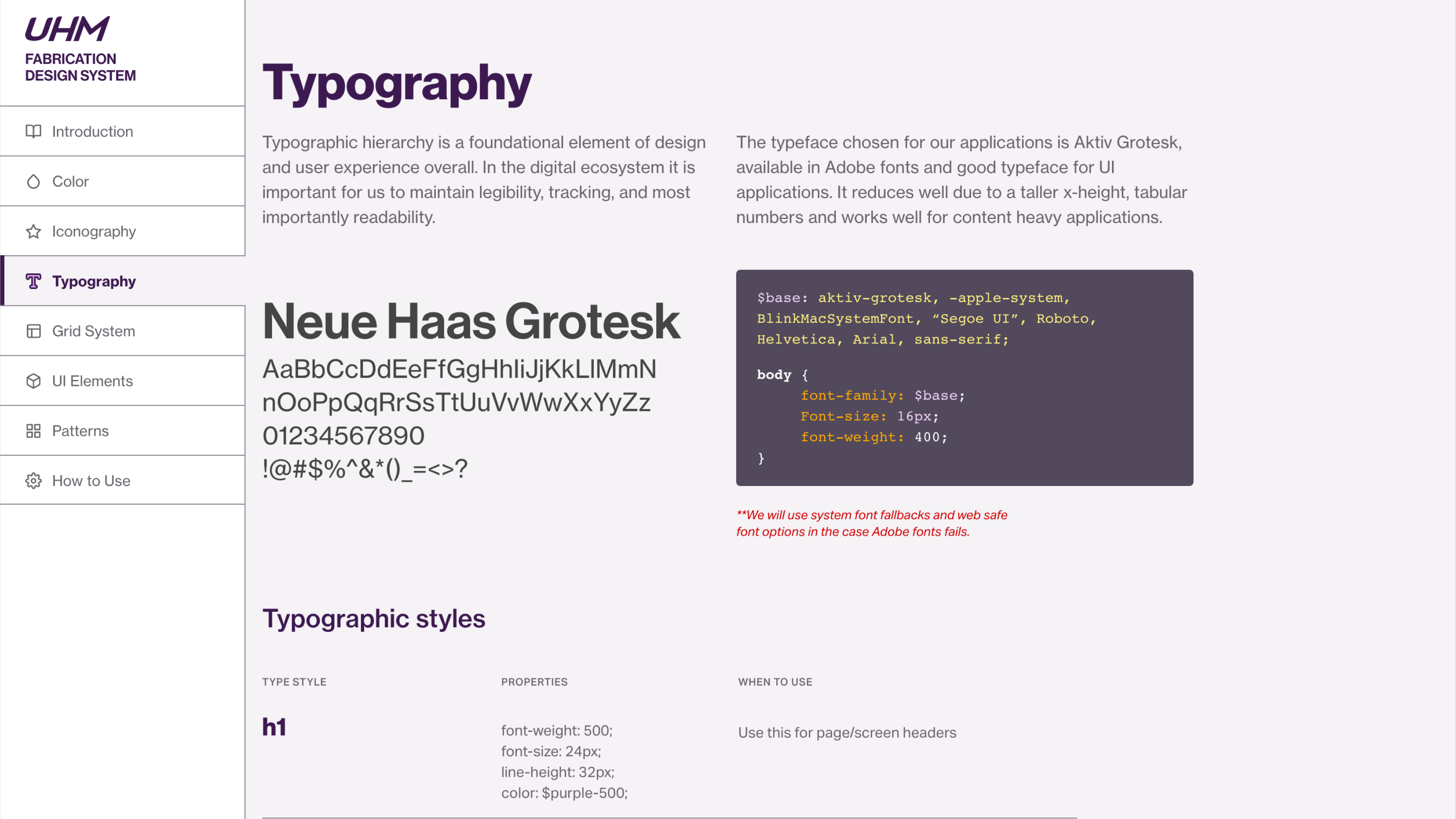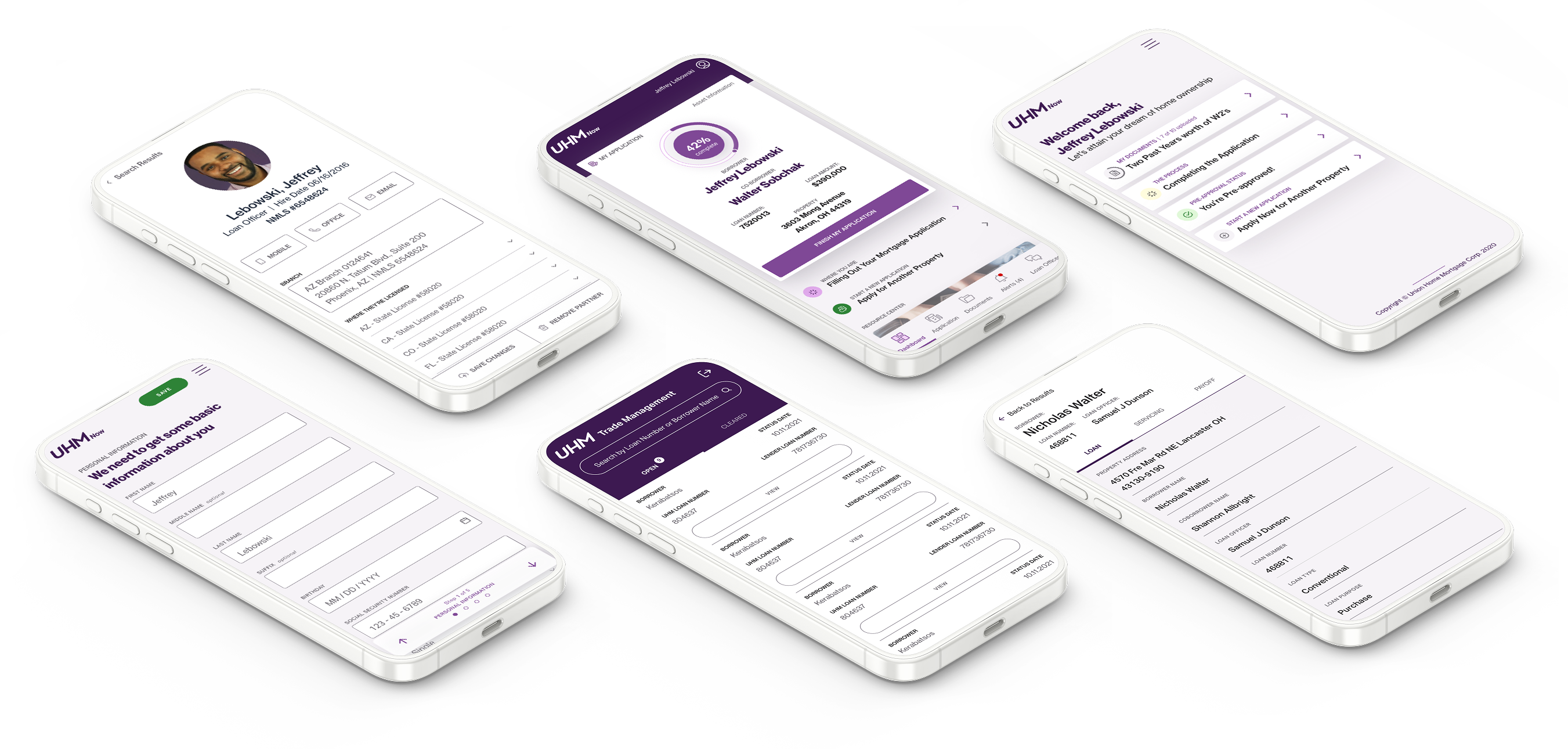To ensure consistency, scalability, and accessibility across all interfaces, I established a set of core
design principles and standards. This included a modular component approach, a consistent spacing
system, clear typographic hierarchies, controlled versioning, and an accessible color palette—laying the
foundation for a unified, flexible design system.
Establish Design Principles
The foundational concepts of what makes a good UI are provided, as well as a crash course
in the Atomic Design Methodology. By providing this information as a resource, not only are we are doing
so for our engineering and design partners but it serves to empower other users of our system about the
importance of usability and why the details matter.

Utilized a modular approach to design, breaking down interfaces into fundamental components to ensure
consistency and reusability.
Adopted a consistent spacing system to maintain alignment and visual harmony across all interfaces.
Selected a grotesk sans-serif typeface prioritizing legibility and scalability, establishing clear
typographic hierarchies to guide users through data-heavy content.
Developed a shared color scale using the brand's primary and secondary colors, along with a
complementary tertiary palette. Automated tools ensured WCAG 2.0 contrast ratios of 4.5:1 for
accessibility compliance.
Introduced thoughtful versioning of the design system to address legacy application compatibility,
allowing for a controlled rollout and smooth transition to the new system.




